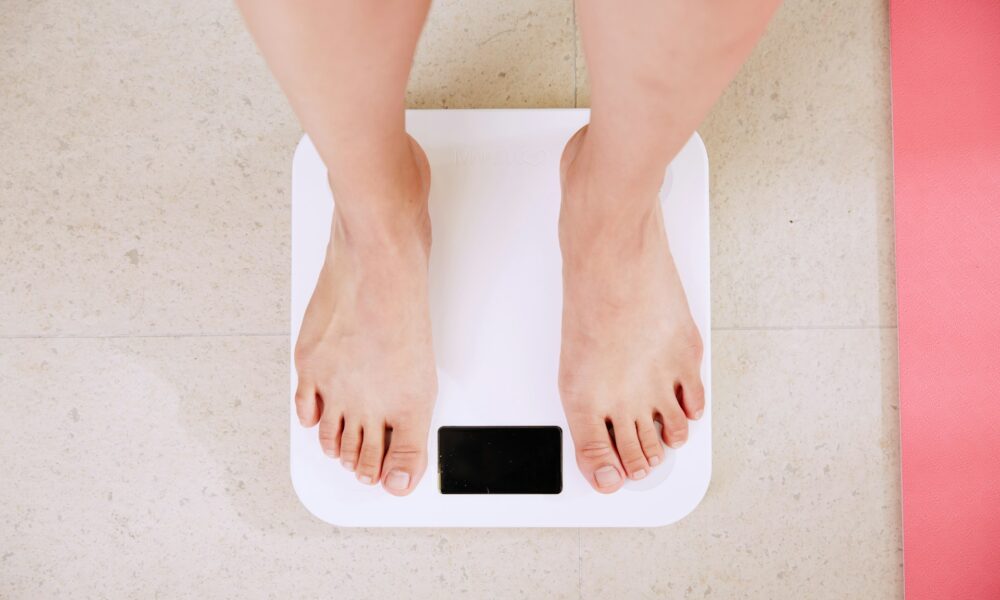Lifestyle
Unlocking Weight Loss: The Truth Behind the ‘Calories In, Calories Out’ Approach

For years, the notion that weight loss boils down to a simple equation—consume fewer calories than you expend—has been widely accepted. This concept underpins the CICO diet, which stands for “calories in, calories out.” However, the intricacies of weight management extend far beyond mere calorie counting.
The CICO approach is not tied to any specific book or celebrity endorsement. It operates on the straightforward logic that weight loss occurs when you consume fewer calories than you burn, while weight gain happens when the opposite is true. To achieve weight loss, followers of the CICO diet aim to maintain a calorie deficit. For instance, if your daily intake is 3,500 calories, reducing it by 500 calories per day could theoretically lead to losing a pound per week. Alternatively, incorporating exercise to burn additional calories can also help maintain this deficit.
Despite its apparent simplicity, the CICO model doesn’t consider various factors influencing weight management, such as genetics, hormonal balance, diet quality, medications, and stress levels. These elements can significantly impact individual weight loss experiences, making it challenging to predict weight changes solely based on calorie calculations.
While the theory suggests you can eat anything within your calorie limit and still lose weight, real-life application is more complex. People often use calorie counter apps to stay on track with the CICO diet, but managing weight through calorie restriction isn’t straightforward.
Calories indeed matter in weight management, but not all calories are equal. Calories are the energy derived from food, whether it’s an orange, orange juice, or orange soda. However, the processing of food can affect weight management outcomes.
A study compared diets based on processed foods with those based on whole foods, both offering equivalent calories and nutrients. Participants on the processed food diet consumed about 500 more calories and gained approximately two pounds over two weeks. This discrepancy might be due to faster eating and delayed satiety signals associated with processed foods. For example, a chewy granola bar may be consumed more quickly than a bowl of oatmeal, which feels more filling.
In the United States, a significant portion of calorie intake comes from ultraprocessed foods, such as sodas and packaged snacks. Studies indicate that these foods may contribute to unintentional weight gain and adverse health effects like elevated blood pressure and cholesterol levels.
Critics of the CICO model argue that it assumes uniform calorie absorption, which isn’t accurate. The body processes calories from whole foods differently. Research shows that adults consuming more whole grains tend to have lower body weights, possibly because calories from whole grains are not absorbed as efficiently as those from refined grains. Similarly, studies on almonds suggest that fewer calories are absorbed from nuts than expected, contributing to healthier body measurements.
Certain foods offer more satiety per calorie. The satiety index ranks foods based on how filling they are per calorie. For instance, boiled potatoes are seven times more filling than croissants. Similarly, fish is more filling than beef or eggs, and oatmeal surpasses bran cereal in satiety.
Focusing on calorie needs and understanding how different foods affect satiety can be more effective than solely counting calories. Managing appetite with filling foods that align with caloric needs aids in weight management and hunger control.
Liquid calories pose a unique challenge, as the body doesn’t register them as effectively as calories from solid foods. Beverages like sodas and sweetened coffee drinks may not satisfy hunger, leading to a calorie surplus. This is because stomach nerves assess fullness based on stomach stretch, which is less pronounced with liquids.
The CICO diet’s simplicity is both an advantage and a disadvantage. It allows flexibility, permitting any eating pattern, such as gluten-free or low FODMAP diets, while adhering to calorie guidelines. Monitoring weight can enhance weight loss success, and tracking dietary intake can highlight areas for improvement, such as fiber or vegetable consumption.
However, the CICO diet’s lack of emphasis on whole foods may overlook the benefits of nutrient-dense foods that promote health and satiety. Moreover, the focus on calorie tracking can induce stress and potentially lead to disordered eating.
The CICO diet doesn’t address emotional eating or the reasons behind food choices, such as stress-induced snacking or cravings after poor sleep. It also doesn’t teach mindful eating techniques, which can prevent overeating and aid in weight management.
While the CICO diet offers a straightforward approach to weight management, it may not account for the complexities of individual health and nutrition. Balancing calorie awareness with an understanding of food quality and eating habits may lead to more sustainable and healthful weight management.
Let us know what you think, please share your thoughts in the comments below.
Eileen Simonson
November 7, 2024 at 2:55 pm
My only criticism of the article is the innacurate statement that fish is more filling than beef or eggs. That is incorrect. Even jist by bulk whole meats are more filling and eggs at least match the staying power of fish protein. Eileen